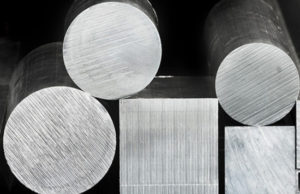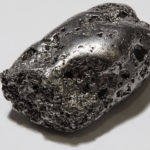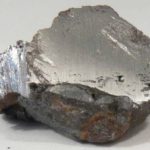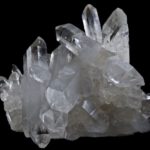Interesting facts about aluminum
 Metal, so common on Earth as aluminum, has found wide application in various fields. The properties of aluminum alloys make them perfectly suitable for use in almost all existing areas of industry, and many do not even realize that particles of this metal are in the vast majority of objects around us.
Metal, so common on Earth as aluminum, has found wide application in various fields. The properties of aluminum alloys make them perfectly suitable for use in almost all existing areas of industry, and many do not even realize that particles of this metal are in the vast majority of objects around us.
He really is everywhere. In the crust of our planet, it is the most common metal, and among all the chemical elements in general, aluminum is the third most abundant (see interesting facts about metals).
Under the influence of oxygen, it almost instantly becomes covered with an oxide film that protects it from corrosion.
Its radioactive isotope called aluminum-26 emits gamma radiation.
On average, an average adult has about 130-140 milligrams of aluminum in his body.
Many elements of the International Space Station are made from high-strength aluminum alloys).
5% of all atoms in the earth’s crust are aluminum atoms.
Aluminum is also found outside the Earth, in particular, on the Moon and on Mars.
Fine aluminum powder is used as an additive to rocket fuel.
Back in the 18th and 19th centuries, aluminum was valued above gold and silver. The French emperor Napoleon III used aluminum cookware, while his courtiers had to be content with gold and silver.
Pure polished aluminum reflects up to 92% of the light falling on it.
Pure aluminum was first obtained by scientists only in 1825.
At the end of the 19th century, the famous scientist Mendeleev received from the British scientific society a truly expensive gift – scales made of aluminum and gold.
While aluminum was not learned to be produced industrially, which made it cheap and affordable, expensive jewelry was made of it.
Of all metals, more than aluminum, only iron is produced in the world.
According to various estimates, from 7.45% to 8.14% of the entire earth’s crust falls on aluminum.
Many gems, such as emeralds, are partly composed of chemical compounds of aluminum.
Heated to 2200 degrees alumina turns into an artificial sapphire.
Pure aluminum is not found in nature at all.
The method of chemical production of this metal on a large scale was invented by an American chemist, Charles Hall. For this merit, to which the whole world owes him, at the university where he studied, he installed a monument made of aluminum.
About a third of all retail drinks in the world are bottled in aluminum cans.



























